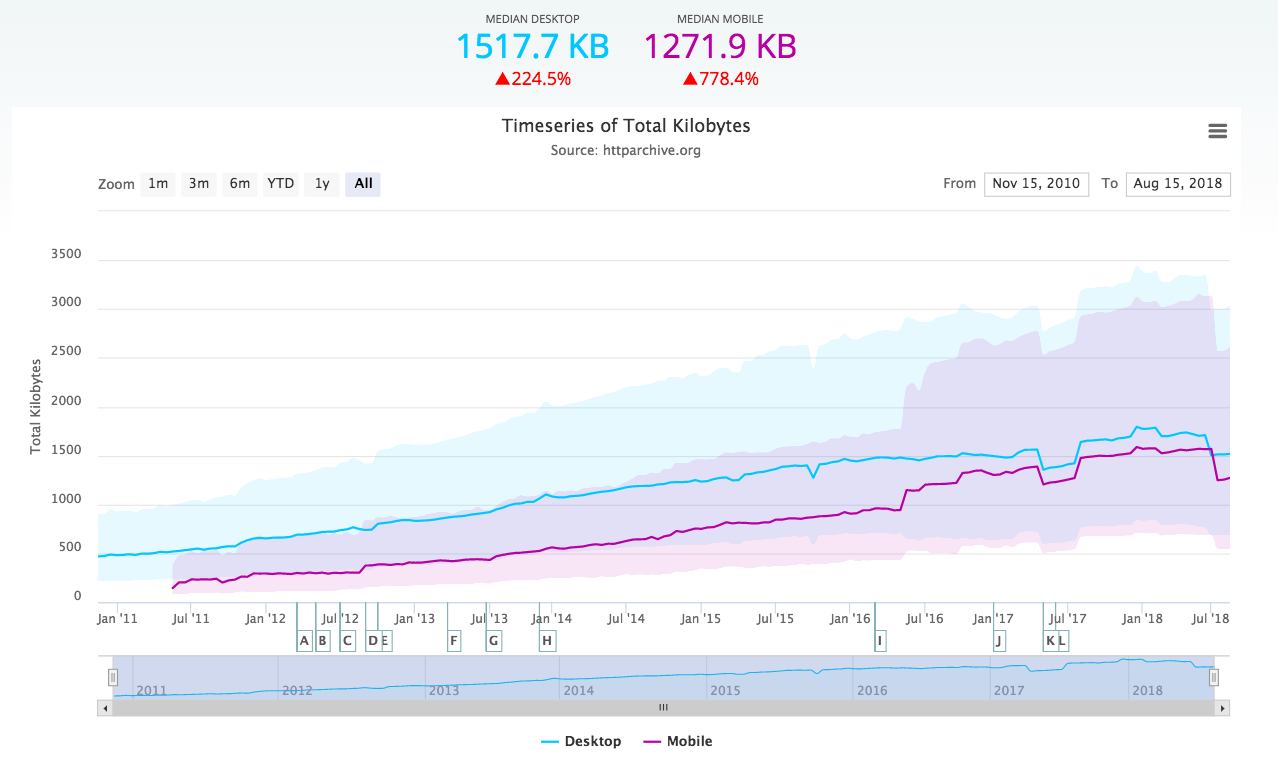 As you may have seen in our “Internet 2010 in numbers” recap, the amount of email spam on the Internet is mind-boggling. Approximately 89% of all emails are spam, resulting in an estimated 260 billion spam emails sent every single day.
As you may have seen in our “Internet 2010 in numbers” recap, the amount of email spam on the Internet is mind-boggling. Approximately 89% of all emails are spam, resulting in an estimated 260 billion spam emails sent every single day.
We thought it might be interesting to dig a bit deeper into the facts and figures around spam, so we’ve gone through a massive 66-page report from Symantec about spam and malware in 2010 to get you a ton of interesting little nuggets of information.
Facts about spam
You already know how much of email is spam, but here are a bunch of other factoids you may not be aware of:
- 90% of spam is in English. A year ago it was 96%, so spam is getting more “international.”
- 88% of all spam is sent from botnets (networks of compromised PCs).
- 91% of spam contains some form of link.
- 2/3 of of all spam is related to pharmaceutical products.
- Think you’re getting more and more newsletters you never asked for? It’s not just you. Unsolicitied newsletters are increasing and is now the second most common type of spam.
- Spam from webmail services like Gmail and Hotmail isn’t as common as you might think. Only 0.7% of spam is sent from webmail accounts.
- 1 in 284 emails contain malware.
- 1 in 445 emails are phishing emails.
- As many as 95 billion phishing emails were in circulation in 2010.
- In the aftermath of the Haiti earthquake, there was a ton of spam with fake donation requests to help the people of Haiti. If you ever thought spammers as a group had any scruples whatsoever, that should set you straight.
The spam botnets
As we mentioned above, 88% of all spam is sent from botnets. Symantec estimates that there are approximately 5 million spam-sending botnets worldwide.
On average in 2010, a bot (compromised computer) in a botnet sent out 77 spam emails per minute. In some botnets that number was over 200 per minute.
While some botnets are quite small, some are truly huge. Here are three of the largest:
- Rustock, 1.1 – 1.7 million computers
- Cutwail, 560,000 – 840,000 computers
- Maazben, 510,000 – 770,000 computers
And where are the compromised computers that make up all of those botnets? All over the world, but the concentration definitely varies. Here’s a map of the spam-sending botnets in 2010:

Image source: Symantec Message Labs (now Symantec.cloud).
As you can see, Europe, especially Eastern Europe, has become a major hotbed for botnets. China, on the other hand, only sends 0.33% of the global botnet spam.
It’s all about money
We won’t be rid of spam anytime soon, and these days of course spam also finds its way into other delivery methods than email. As long as there is money to be made, spam will follow us wherever we go. A bleak prospect, so hopefully spam filters will be able to keep up, and ideally get even better.
There is a certain irony here. If spam filters were to become so effective and prevalent that they blocked all spam for all users, spam would no longer be profitable, and spammers would go away. So the companies doing spam filters would be killing that part of their own business. It’s a weird symbiosis, just as with anti-virus companies and virus makers.
Data source: Symantec MessageLabs Intelligence: 2010 Annual Security Report (PDF).


























